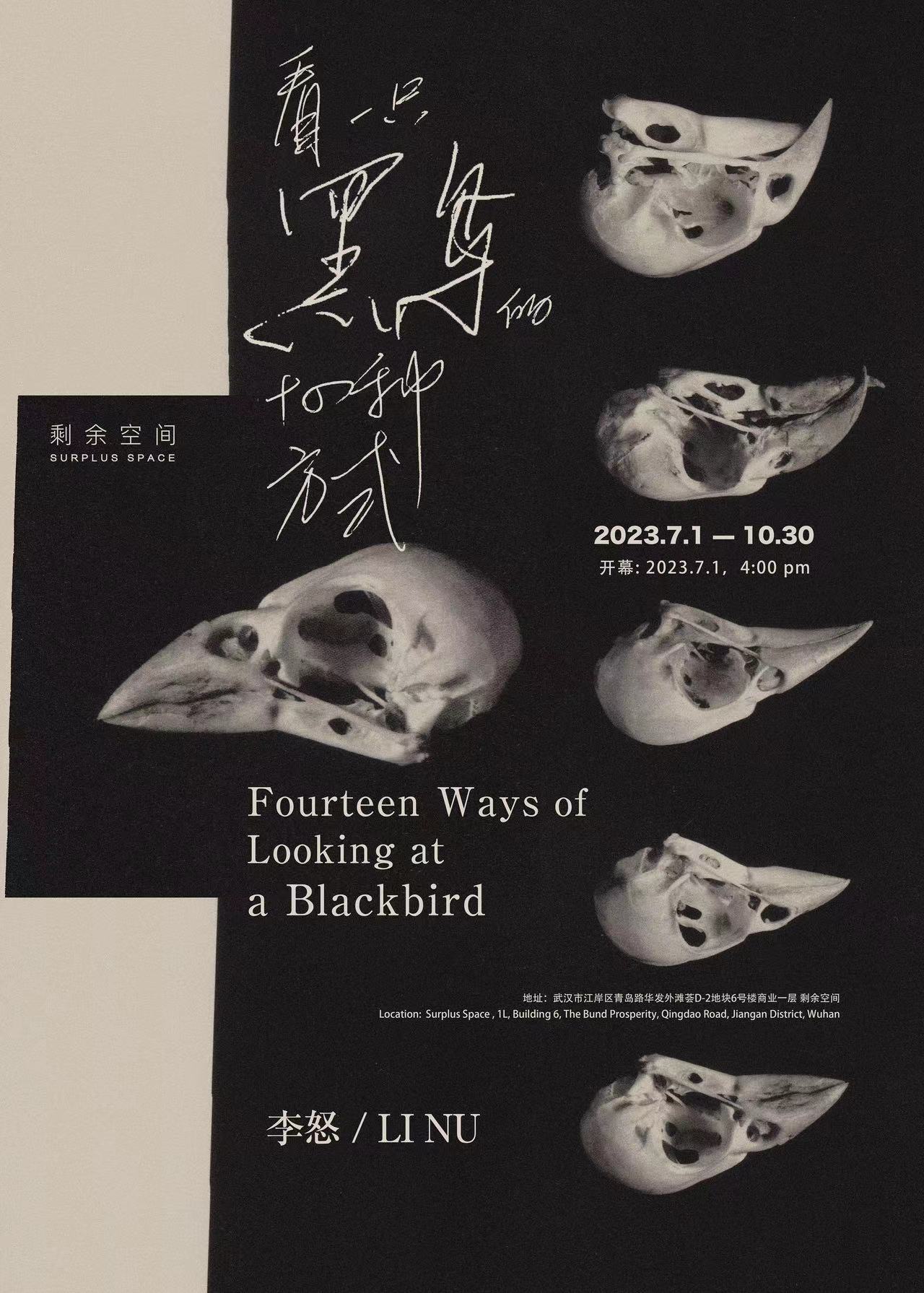Wallace Stevens is an outstanding modern American poet, and Thirteen Ways of Looking at a Blackbird is one of his masterpieces. This poem consists of thirteen short but richly imaginative stanzas, each of which refers to a different way of viewing a blackbird. This multi-faceted perspective offers us multiple insights and inspirations for thinking, rather than a singular disciplined way of thinking. But at the same time, it also makes the meaning and scale of the poem confusing. In these thirteen stanzas, Stevens pans the camera like a director, switching freely between various landscapes such as snow mountains, trees, autumn winds, icicles, long window, carriages, thin men, river and cedar-limbs, creating contrasts of motion and stillness, as well as color contrasts, which allows rich connections and imagery to emerge between different landscapes. Throughout the poem, the blackbird is not only a ubiquitous subject, but also " a small part of the pantomime ", fragmented yet integral, simultaneously within and beyond the whole.
The poet presents the omnipresence of the "blackbird" in a dynamic and ever-changing way and showcases thirteen different states of the blackbird from thirteen perspectives through the structural form of the poem. At this point, the "blackbird" portrayed by the poet is no longer just a blackbird in the physical world, but also points to the spiritual one beyond temporal constraints and human cognition. Those seemingly unrelated fragments of the "blackbird" embody freedom, independence, and ubiquity of the spiritual world. Stevens makes the "blackbird" hover between reality and imagination, "darting and flashing back", thus transforming it into a metaphor for reality and spiritual world. Metaphor is a primary means of expressing imagery, as highlighted in the book "Metaphors We Live By", which states that "the essence of metaphor is understanding and experiencing one kind of thing in terms of another". Metaphor is not merely a linguistic figure of speech but rather a fundamental form of human cognition and thinking.
When reading Thirteen Ways of Looking at a Blackbird, we become curious about the symbolic significance embodied by the blackbird, although Stevens only cunningly refers to it as a "collection of perceptions." William Faulkner's remark during an interview holds weight: "I don't think anybody can see through the truth. You look at it and see one stage of it, while somebody else looks at it and sees a slightly distorted phase. But in general, the truth itself is in the whole that they both see, and nobody sees all of it... But I think it turns out that when readers have finished with these thirteen ways of looking at a blackbird, a fourteenth image of blackbird would emerge in their own mind, which is exactly the truth that I believe in."
The above is not only discussing about the poetry, but also the exhibition.

